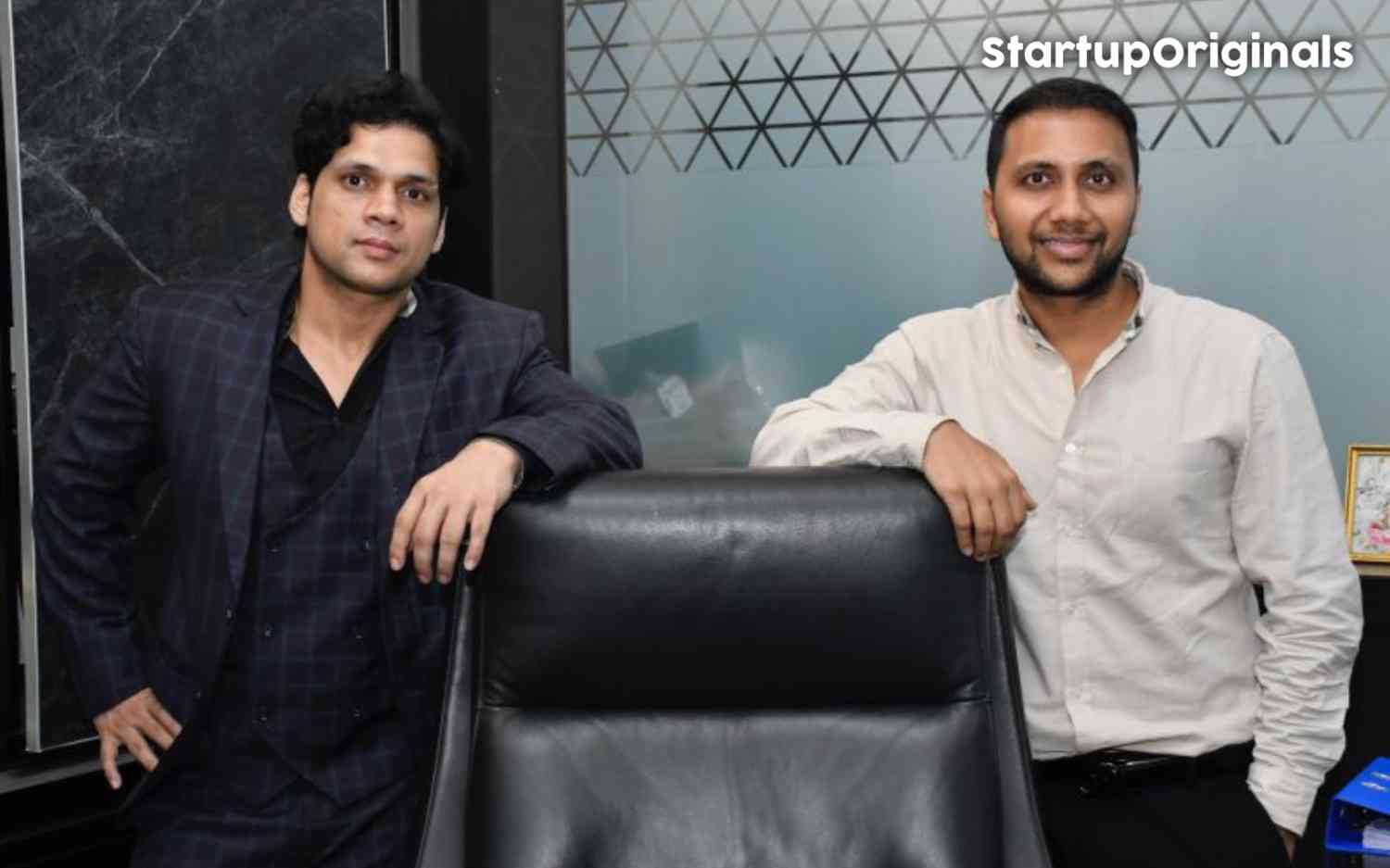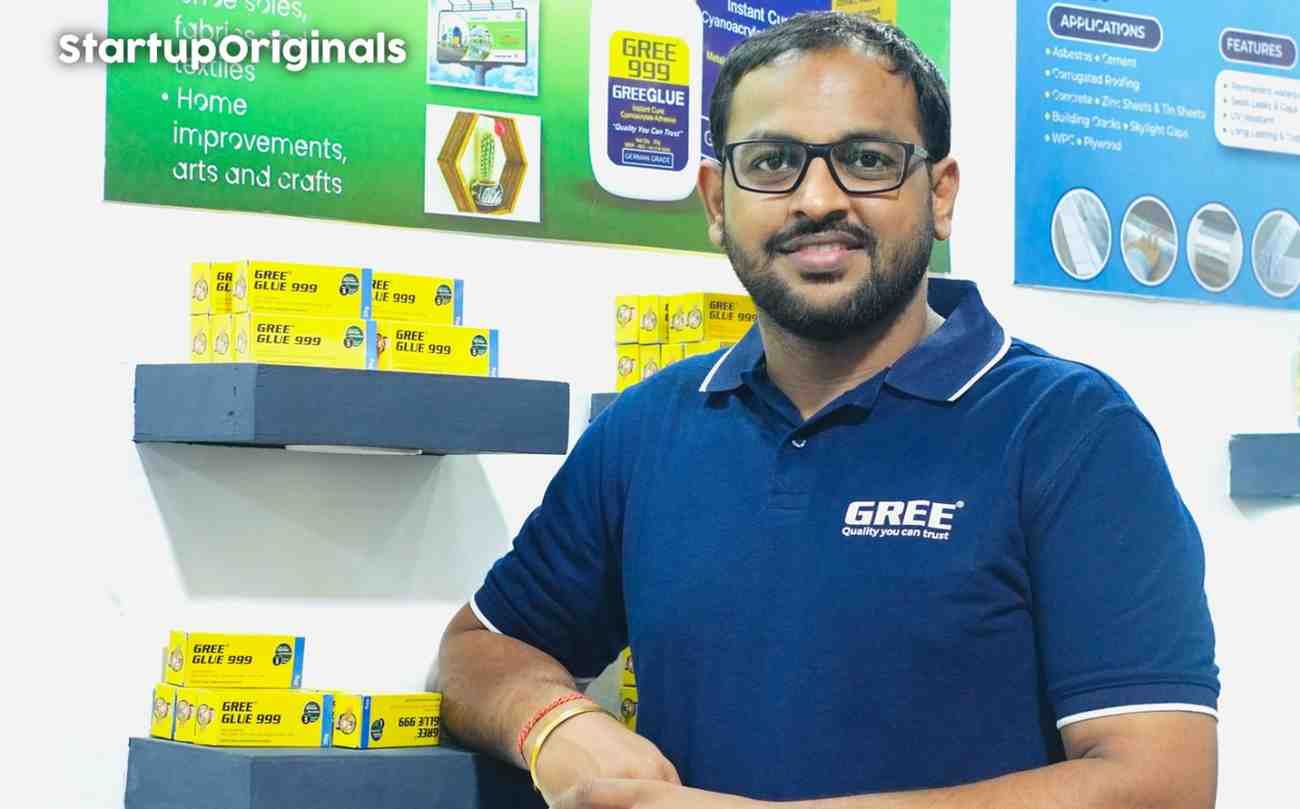
In the world of technology startups, some of the most powerful ideas begin with everyday frustrations. That was exactly the case for Drew Houston, an MIT student who frequently forgot to carry his USB drive. Tired of emailing files to himself or losing access to important documents, he began coding a personal solution-an online file storage system that could sync across devices. This small idea turned into something much bigger: Dropbox.
A Humble Beginning with a Clear Vision:

In 2007, Drew Houston partnered with fellow MIT student Arash Ferdowsi to bring Dropbox to life. The pair joined Y Combinator, a prestigious startup incubator, where they began shaping their idea into a real product. Dropbox wasn’t the first cloud storage service on the market, but it was one of the first to make the experience seamless, intuitive, and reliable for everyday users.
What set Dropbox apart early on was its focus on simplicity and user experience. The installation was easy, the interface was clean, and the product just worked. This kind of polish made it easy for anyone-tech-savvy or not-to adopt cloud storage as part of their daily lives.
Viral Growth and the Power of Referrals:
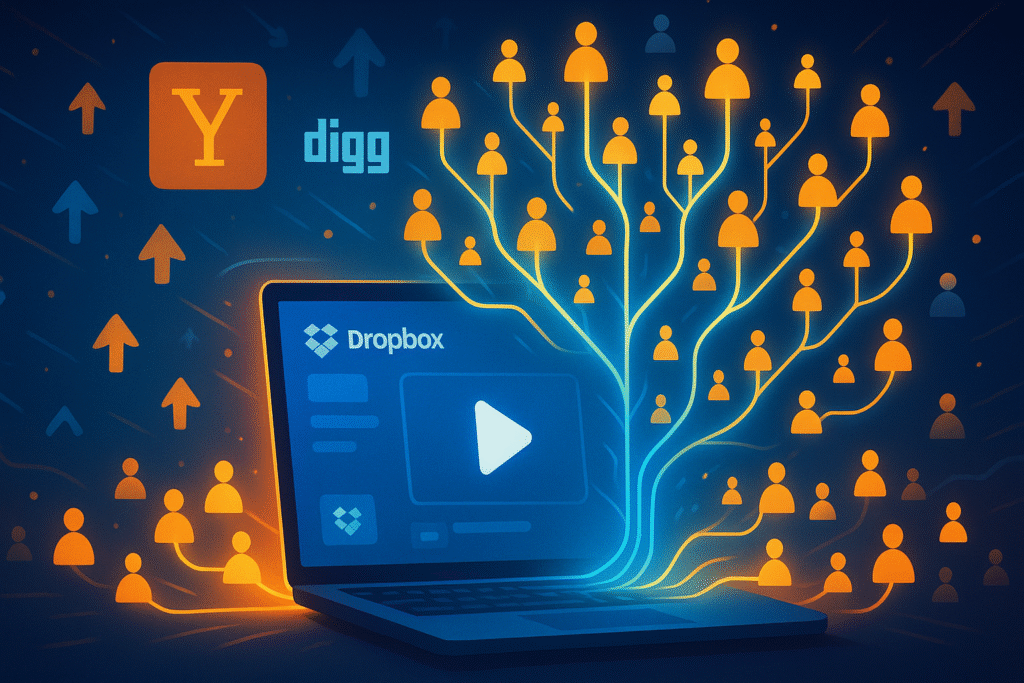
In 2008, Dropbox gained massive traction after a short product demo video went viral on platforms like Hacker News and Digg. The video clearly explained what Dropbox did and how it worked, resonating with a wide audience. Thousands signed up almost immediately.
To fuel continued growth, Dropbox implemented a smart referral program: users could earn more free storage by inviting their friends. This simple but powerful strategy helped the platform grow exponentially, all while keeping marketing costs low. Users became the company’s best marketers.
Turning Down Apple and Betting on Themselves:
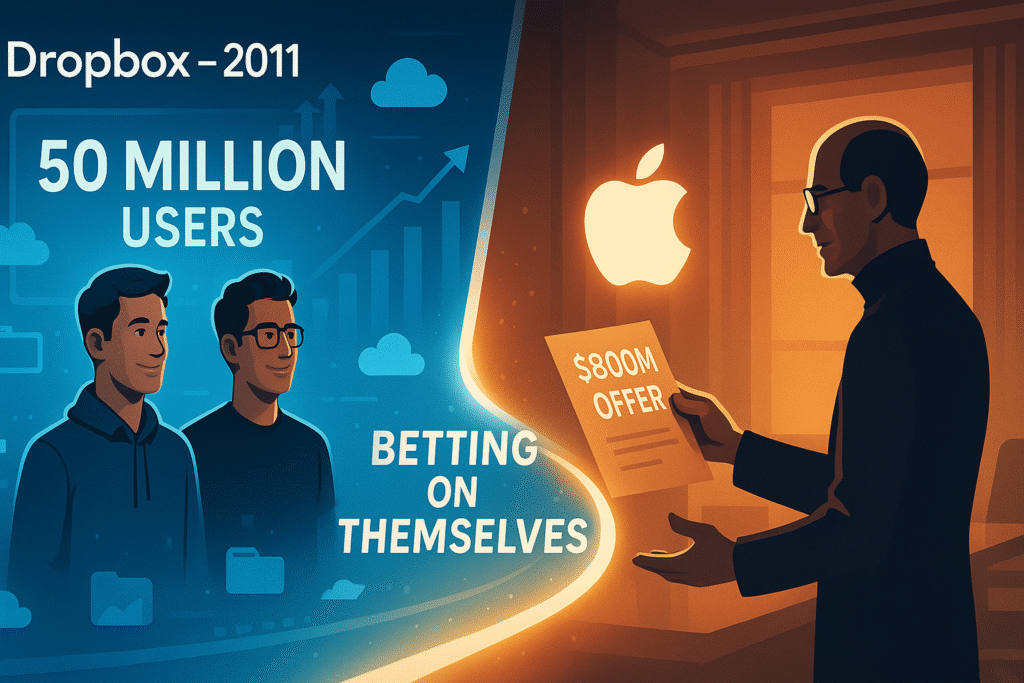
By 2011, Dropbox had already hit 50 million users and was expanding quickly. That same year, Steve Jobs approached the team with an acquisition offer reportedly worth $800 million. However, Houston and Ferdowsi believed in their vision and decided to continue scaling independently. It was a bold decision-but ultimately, it paid off.
Dropbox stayed focused on building a better product and expanding its ecosystem. The founders’ commitment to staying independent allowed the company to evolve on its own terms and avoid being overshadowed by a larger brand.
Evolving Beyond File Storage:
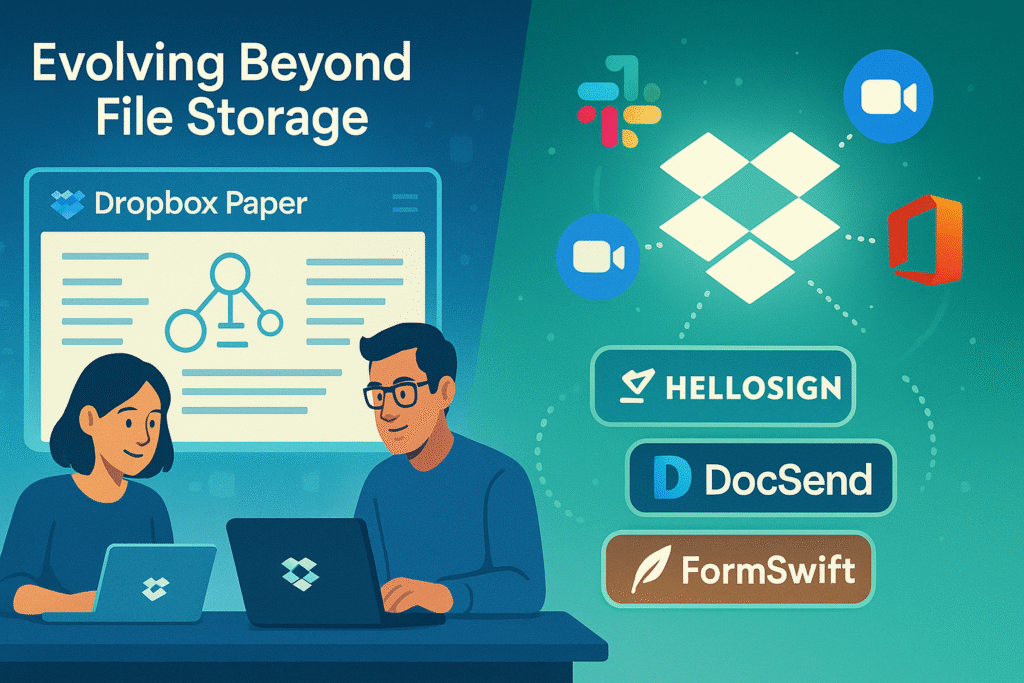
As Dropbox matured, it shifted from being just a cloud storage platform to a full-fledged productivity suite. The company introduced tools like Dropbox Paper-a collaborative document editor-allowing teams to brainstorm, plan, and write together in real time. It also integrated with widely used platforms like Slack, Zoom, Microsoft Office, Adobe, and more, embedding Dropbox into users’ existing workflows.
To further support remote work and collaboration, Dropbox acquired several tools, including HelloSign (for e-signatures), DocSend (for document analytics), and FormSwift (for creating and editing documents). These strategic moves allowed Dropbox to become a hub for file sharing, document management, and digital collaboration.
Staying Strong in a Competitive Market:
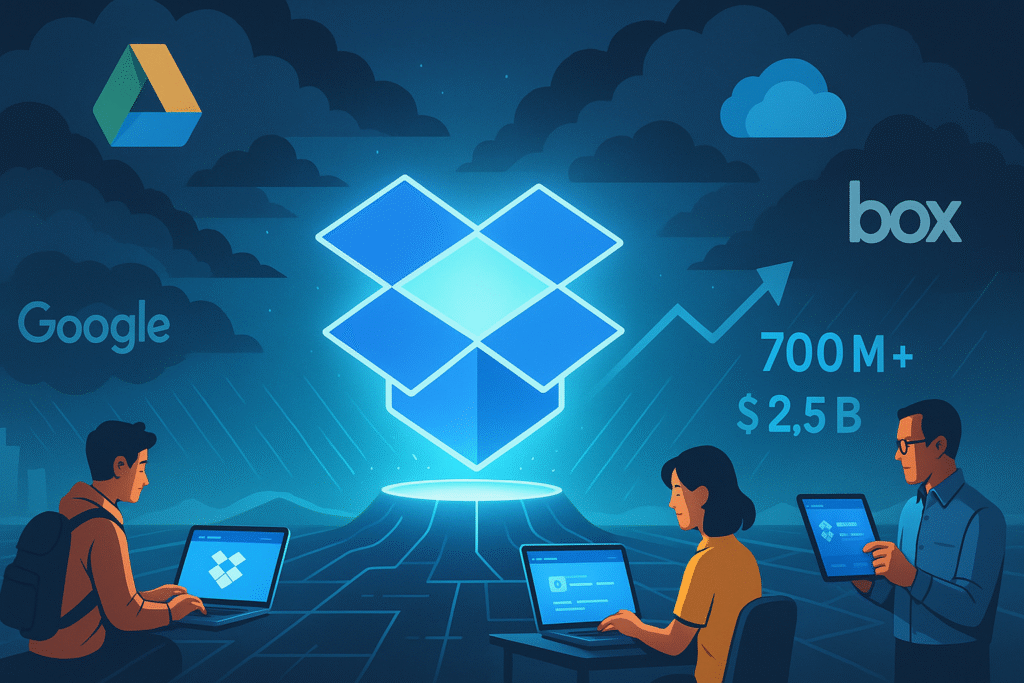
Despite intense competition from giants like Google Drive, Microsoft OneDrive, and Box, Dropbox maintained its relevance. Its loyal user base and strong product reliability helped it stand out. By focusing on consistent performance and thoughtful innovation, Dropbox secured a firm place in both personal and enterprise markets.
In 2023, Dropbox reported over 700 million registered users and $2.5 billion in annual revenue. Around 18 million of those users were paying customers. The company has remained profitable and continued to grow steadily, even in a market filled with aggressive competitors and rapidly changing technology trends.
A New Chapter: Smart Workspaces and AI Integration

Today, Dropbox is more than just a file storage solution. It’s positioning itself as a smart workspace-a platform where users can not only store and share files but also collaborate, manage documents, and organize their work using AI-powered tools. Features like intelligent search, content suggestions, and automatic organization are part of the company’s push to make work simpler and smarter.
In recent years, Dropbox has invested heavily in artificial intelligence and cloud-based automation, aiming to help users stay focused and reduce digital clutter. It’s a clear shift toward being a productivity platform rather than just a digital filing cabinet.
Challenges and Resilience:
Like many tech companies, Dropbox has faced challenges. Growth in paid user subscriptions has started to plateau, and in 2024, the company laid off about 20% of its workforce to streamline operations and focus more heavily on AI and core product improvements. Additionally, investor pressure has mounted around the company’s leadership structure, with calls for governance changes to improve transparency and strategic direction.
Despite these hurdles, Dropbox continues to evolve. It remains one of the few tech companies that achieved unicorn status through bootstrapping and viral growth-rather than relying heavily on venture capital in its early stages.



